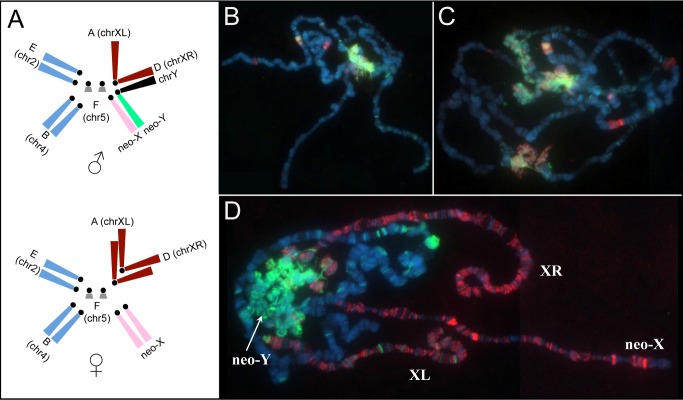Figure 1. Dosage compensation of the neo-X, and heterochromatin formation on the neo-Y of D. miranda.
(A) Schematic karyotype of D. miranda. Drosophila chromosomes are labeled as “Muller element” from A to F. In D. miranda, two fusions between element A (ancient X) and D, and the Y chromosome and element C created sex chromosomes of different ages. Element D became chrXR about ∼10–15 MY ago and element C became the neo-X and neo-Y chromosome about ∼1–1.5 MY ago. (B–C) Polytene chromosomes stained for H3K9me2 (green) and HP1a (red) in (B) female D. miranda and (C) male D. miranda. (D) Co-immunolocalization of MSL3-TAP (red) and H3K9me2 (green) in transgenic male D. miranda expressing TAP-tagged MSL3. The neo-Y is becoming heterochromatic, as shown by prominent H3K9me2 and HP1 binding, while all three X-chromosome arms are acquiring dosage compensation in D. miranda males.

